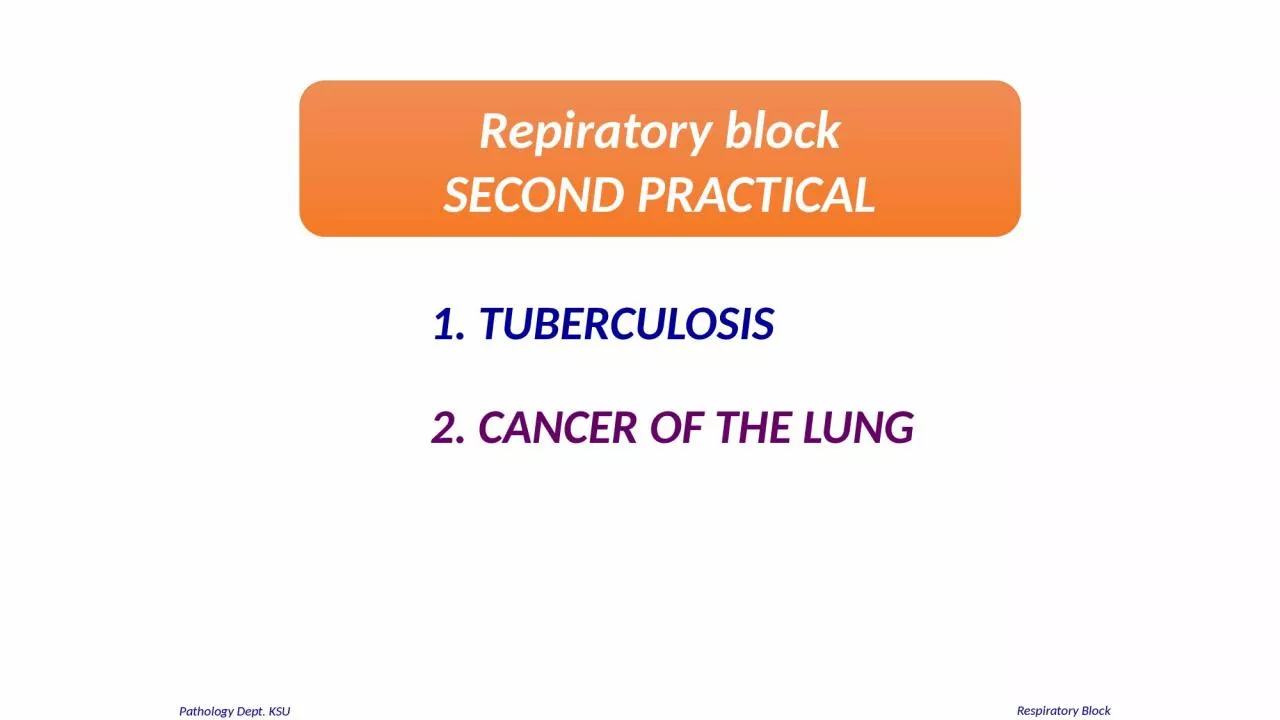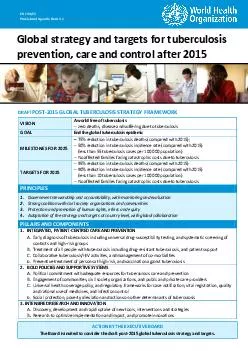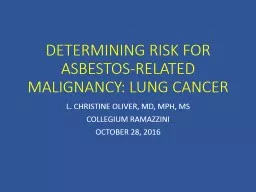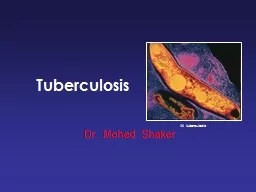PPT-1. TUBERCULOSIS 2. CANCER OF THE LUNG
Author : cady | Published Date : 2024-01-29
Repiratory block SECOND PRACTICAL Respiratory Block Pathology Dept KSU TUBERCULOSIS Epithelioid and giant cell Granuloma Ghons complex or caseation is present
Presentation Embed Code
Download Presentation
Download Presentation The PPT/PDF document "1. TUBERCULOSIS 2. CANCER OF THE LUNG" is the property of its rightful owner. Permission is granted to download and print the materials on this website for personal, non-commercial use only, and to display it on your personal computer provided you do not modify the materials and that you retain all copyright notices contained in the materials. By downloading content from our website, you accept the terms of this agreement.
1. TUBERCULOSIS 2. CANCER OF THE LUNG: Transcript
Download Rules Of Document
"1. TUBERCULOSIS 2. CANCER OF THE LUNG"The content belongs to its owner. You may download and print it for personal use, without modification, and keep all copyright notices. By downloading, you agree to these terms.
Related Documents














